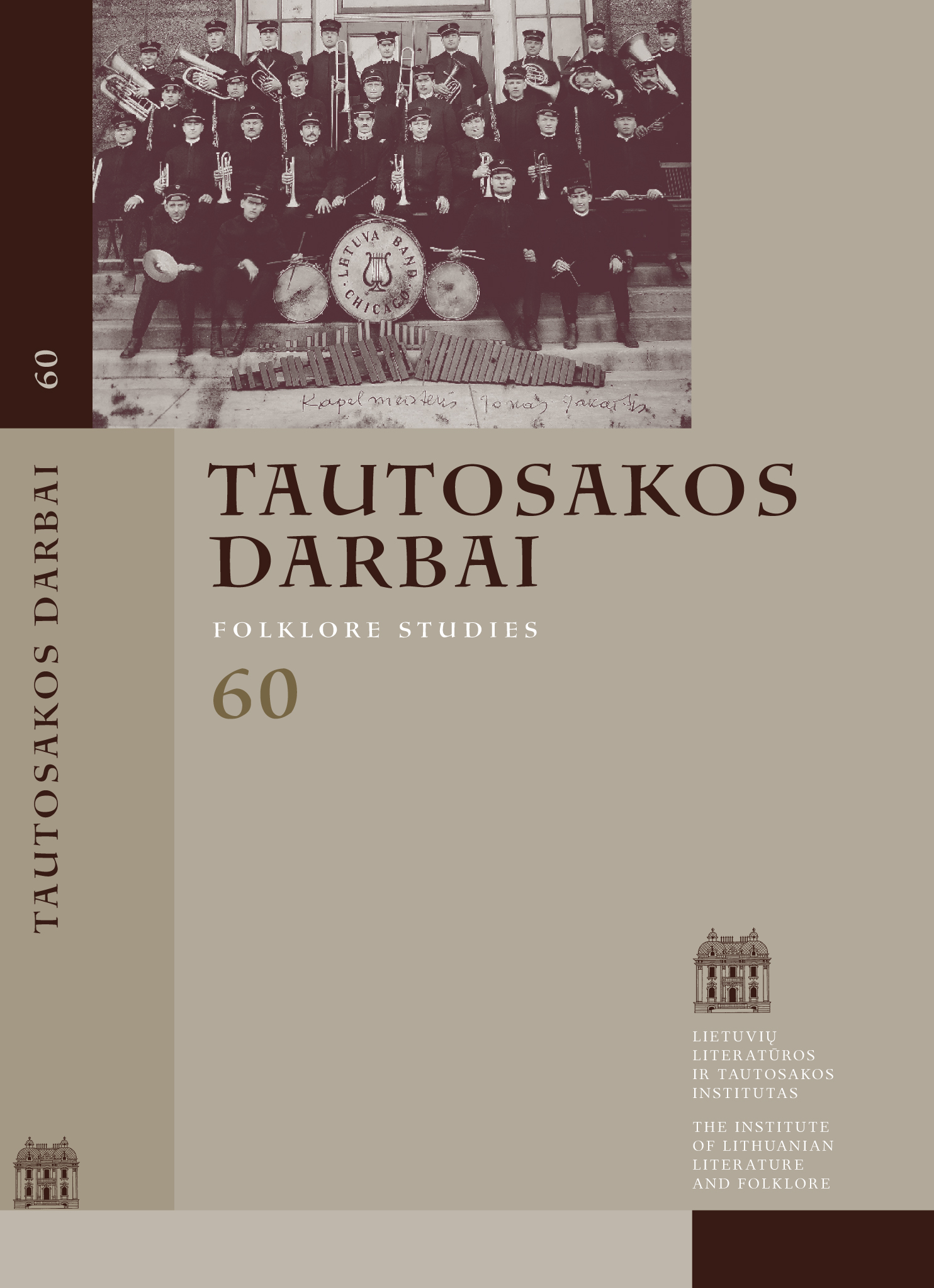Language Switching in (Folk) Songs along the Slovenian-Italian Border
Abstract
Folk songs have long been perceived as national identity markers. In Central Europe, the research of folk singing was closely linked to the national movements of the nineteenth century. Bilingual folksongs or singing in “non-national” language were omitted from the field of folklore as non-coherent practices. This paper presents a historical analysis that focuses on singing in “national” and “non-national” language in Goriška brda (the Gorizia Hills) and Venetian Slovenia along today’s Slovenian-Italian border. Changing borders and people belonging to different state formations have influenced the changing social and cultural contexts and thus the use of language(s) in songs. The normality of the coexistence of different linguistic groups in border regions has long been reflected in (folk) songs even during intense political situations. Today, the Slovenian language is often used in (folk) singing in Venetian Slovenia as a heritage language.
